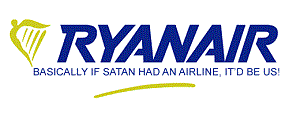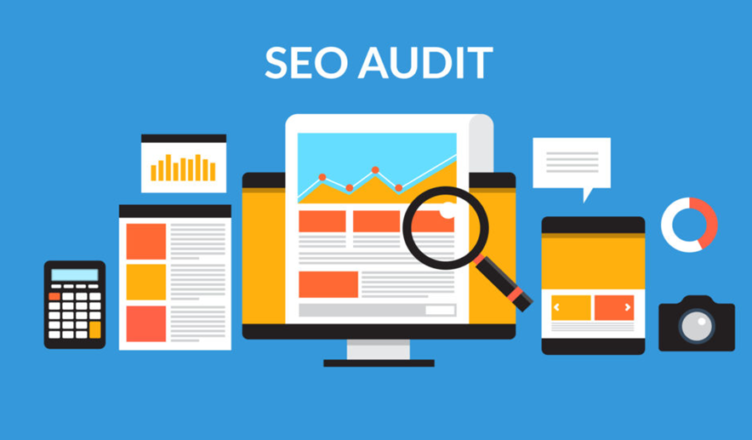One of the essential tasks when starting work to improve web positioning on a site with seniority is to perform an SEO audit. In this way, you can analyze the current status of the project, detect the errors it presents and the list of tasks to correct them.
In the following points we will see all the steps to follow during an SEO audit and the necessary tools to carry it out professionally, but with the least possible investment so that you can apply it to your project.
Before entering the subject, let’s start at the beginning. Let’s see what this process consists of.
What is an SEO audit?
An SEO audit is a set of analysis and diagnostic tasks through which you work to detect the reasons why the urls of a website, like yours, are not ranking for your target keywords.
This will cause you to be unable to reach your potential customers when they go to Google to look for the benefits or solutions offered by your product or service.
In turn, the same document will outline the actions that must be carried out to reverse this situation to increase organic web traffic. As well as improving the contribution of the organic channel in achieving your business objectives.
And I want to highlight this last point.
In the audit process there should be a constant focus on the business objectives to be achieved and the investment that will be devoted to perform the recommended SEO services.
In this way, tasks that have a greater impact on improving the performance of the company can be prioritized.
Having said that, and before we start the points to consider in an SEO audit, let’s list the SEO tools necessary to begin our analysis. These tools are found after intense seo debate conducted by SEO experts in Dubai.
Tools to perform an SEO audit
- Search Console : Google’s webmaster tool is the communication channel with the search engine, where we will know how you view our website and its performance in SEO terms.
- Google Analytics : with Google’s free web analytics tool, we will be able to analyze the browsing behavior of visitors to our website, the vanishing points where they leave it, and the urls’ loading speed times, among other data.
- Google Page Speed : Google web speed and performance analysis tool.
- SEO tools : to analyze the authority of the web, assess the quality of your link profile and the link building strategy carried out, you will need an SEO tool. As a free tool I will use Ubersuggest , but if you want to improve the quality of the analysis, I recommend that you hire the trial version of Ahrefs or take advantage of the trials offered by others such as SEMRush or MOZ .
- Screaming Frog : with this crawler we will analyze the most technical part of the audit process, also allowing us to combine data with the previous 4 tools (I use Ahrefs) through its API (it is a simple process that I will teach you in the corresponding section) and enrich thus our analysis. I have to tell you that it is free up to 500 analysis urls, but if you have a small website it will be more than enough.
- GTMetrix and Pingdom : are tools that analyze the performance of your website in terms of speed. They offer more precise information than Google Page Speed and we will use them to optimize the key urls of the web.
- SEOQuake : a Chrome extension of the SEMRush tool that will allow us to perform on-page analysis.
- Seobility : with this free TF * IDF analysis tool (don’t worry if you understand now because I will explain it to you in due course) we will work on optimizing the texts.
- Google Data Studio : Finally, we will use Data Studio to present the data in a visually attractive and dynamic way, being able to obtain better conclusions and better transmit the information to superiors or clients.
Once we have reviewed the SEO tools that we will use to carry out the web audit, we will briefly analyze how the tasks to be carried out must be structured and the categories in which each one is divided.
How to structure an SEO audit
Before going into the matter and analyzing the specific tasks that we must carry out, we will review the structure that we will follow to start the audit.
In the first place, we will analyze technical aspects of SEO, identifying the problems that may be causing your website not to be analyzed or indexed correctly by search engines.
If Google can’t “read” your content, it doesn’t matter how good it is.
Once this more technical part has been analyzed, we will analyze the quality of the content. Identifying the keywords positioned, their search intent, analyze their fit with the content and architecture of the web.
The next step will be to analyze the domain link profile, which is responsible for the web authority.
To finish with an analysis of web traffic and site conversion.
Analyzing all this information, a report will be drawn up with the results of the SEO audit. Detailing the changes that must be made to optimize the web in SEO terms and prioritizing those tasks that will have a greater impact on business objectives.
For example, increasing sales or improving your profitability.
Afterwards, the client can internally commission the implementation of the suggested improvements or hire an external SEO consultant in case they do not have trained personnel within their company.
Once this short summary is done, let’s start with the steps to follow to perform an SEO audit.
5 Drafting of the SEO audit report
Writing the SEO audit report will be a process that must be carried out as the process progresses. Including in each of the points that we have detailed the following information:
- Problem detected.
- Effect it causes.
- Priority or importance.
- Tasks or actions to be carried out to solve them.
Redirections in SEO Audit
The next point will be to analyze redirects and server codes. For this analysis we will also use Screaming Frog.
We will review in a simplified way the different codes that you can find, identify them and how to solve them in case of an error:
- 200 : This is the code that the server returns when everything is correct.
- 5XX : It is a code that warns that the server has not been able to complete the request, which in principle would be correct. These codes are interpreted with 5XX because there are several codes that will indicate the reasons for the problem.
- 404 : This code appears when a user or search engine reaches a page that does not exist. This occurs when you delete a url from your website, but do not modify the internal links that pointed to it, it was positioned in Google and continues to receive organic traffic or had obtained a link or backlink from another domain. I leave you a link to an article where I show you how to fix 404 errors on your website.
- 301 : This is the code when a permanent redirect from one url to another is included. It is normal that you find 301 codes on your website, but you should try to keep only the essential ones. Since, yes to get to a url you do more than one redirect will increase the loading time, causing a greater consumption of tracking budget. But most importantly, it is something that Google and users do not like very much.
- 302 : This is a temporary redirect. It is used when you temporarily change any url on your website and you want to redirect users to a new page. But you want to keep all the authority in the original url as you will reactivate it in the future.
- 304 : with this code the only thing that will be saying to the visitor (including the Google spider) that the page has not changed since the last time I went there. Telling the browser to serve the page from the cache to improve loading time and the Google spider that it will not be necessary to index it (which does not mean that it does not, but can exclude it in some crawling) with what We will optimize the crawl budget.
Canonicals
With the canonical tag we indicate to the search engines which url they should take into account among a series of them that contain very similar content.
In this way we avoid taking them as separate pages. Avoiding a penalty for offering duplicate content or the cannibalization of keywords by having multiple pages competing for the same keywords (later we will see this point).
The most typical case of the use of the “canonical” label can be found in e-commerce products that are sold in different colors and sizes.
Each of the combinations (colors and sizes) will be located in a different url, but the content is practically the same in each of them. Therefore, we must indicate which url is the main one and which are the secondary ones.

